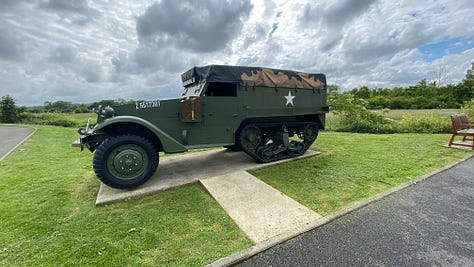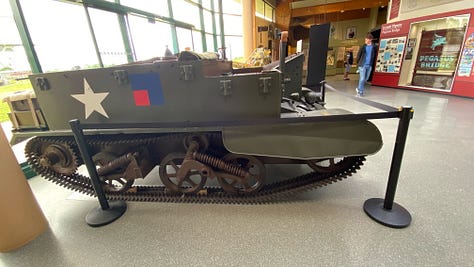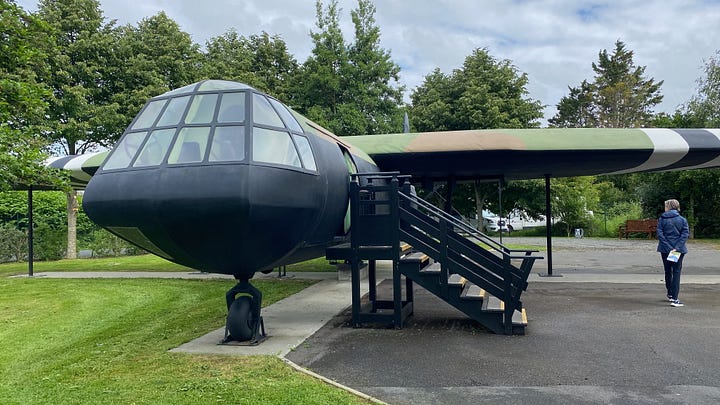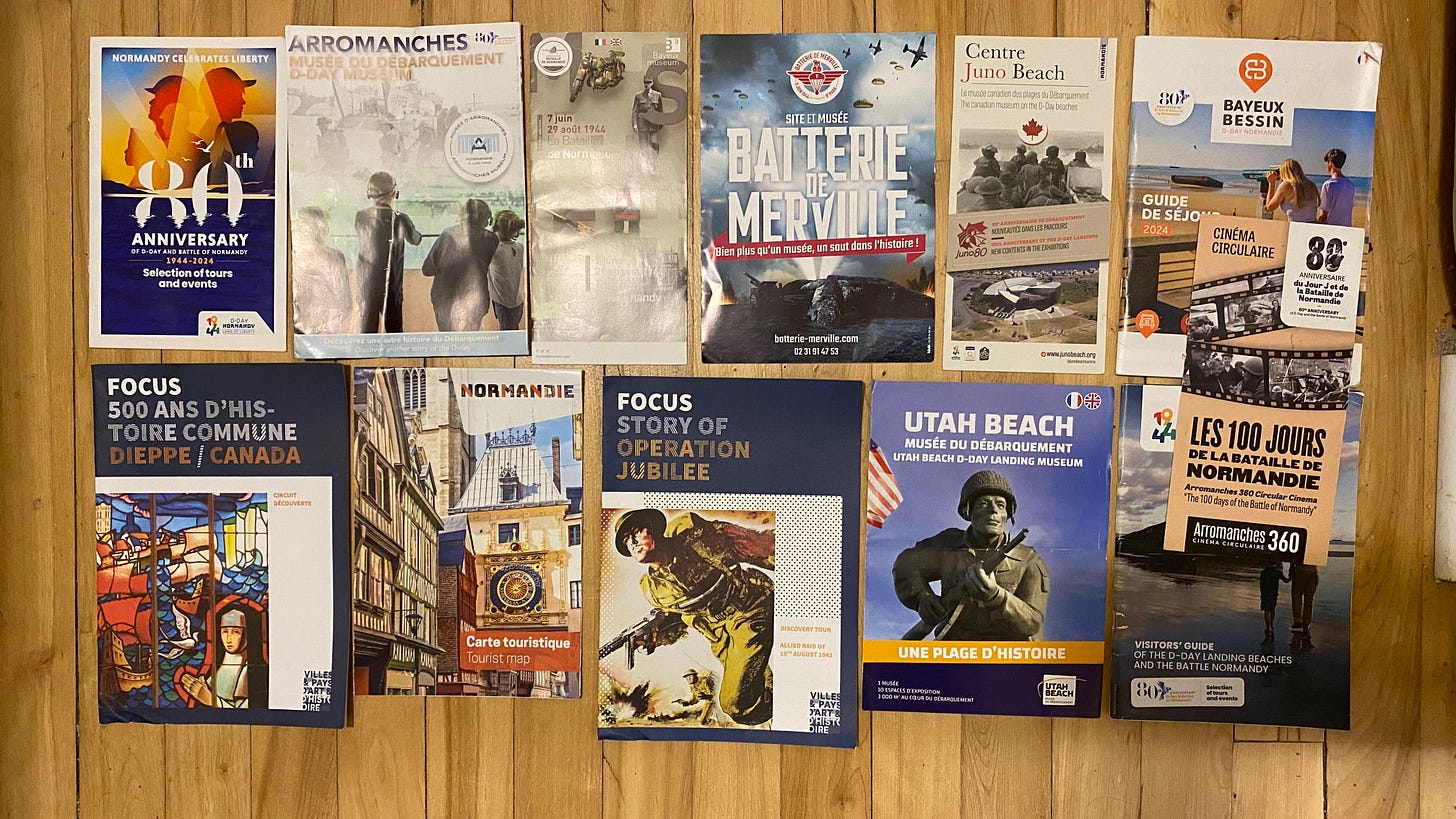The first battle of D-Day
The glider-borne assault of two German-held bridges was also the first victory of the day as 180 British light infantrymen landed behind enemy lines almost 8 hours ahead of the Normandy beach landings

War tourism attracts more than 5 million visitors to Normandy each year, even more in milestone years such as 2024, for the 80th anniversary of the D-Day landings. And with some 100 museums, sites and cemeteries on offer, the biggest challenge is to whittle the embarras de choix down to a manageable itinerary.
The five landing beaches alone are spread over 80 km of coastline and, as you can imagine, with more than 150,000 troops hitting French soil that day, there are plenty of stories to be told of courage and cowardice, luck and misfortune, kindness and cruelty, and of celebration and revenge.
Canadians like me will naturally gravitate to Juno Beach, where 21,400 mostly Canadian troops led a bloody fight to push the Germans from three coastal towns. British visitors will seek out Gold and Sword beaches, to the immediate east and west of Juno, which involved 61,715 soldiers and airmen, while Americans will visit the westernmost Omaha and Utah beaches, where 73,000 U.S. troops saw service that day.
But the story of D-Day does not belong to any one country, or even to the Allies as a whole, so I did my best to seek out sites that gave me a more rounded picture of Operation Overlord, as the landings were code-named. What follows is a short summary of some of what I learned.
(To avoid burdening you with an overly long blog, I will be writing this in several installments over the next few days.)
Pegasus Bridge: An auspicious beginning

Just after midnight on June 6, while nearly 7,000 Allied vessels were making their way across the English Channel, 6 wooden Horsa gliders carrying 28 British airmen and engineers each were to land at two adjacent bridges spanning the Orne River and Caen Canal, about 8 km south of Sword Beach, where 29,000 British troops were to land about 7.5 hours later.
The objective of the British troops, led by Major John Howard, was to secure the bridges from the German troops guarding them, prevent them from blowing them up, and fight off any German attempt at a counterattack from a nearby Panzer division. Surprise was obviously essential to the success of the mission, and the glider pilots had trained so well that they landed, in the dark, within minutes of each other, the first just 10 metres from the canal bridge, which would later be known as Pegasus Bridge. They managed to take control of both bridges in just 10 minutes, blew up the first German armour to show up, thanks to a lucky shot from a crude, hand-held anti-tank weapon called a piat. That sent two other German vehicles scurrying back to wait for reinforcements.
I won’t recount the full story (an excellent and entertaining blow-by-blow can be found here, and a decent video account here), so let’s just say that Howard’s men were able to fend off the Germans until British Commandos from Sword Beach arrived at about 1:30 in the afternoon to the skirl of bagpipes.
Holding the bridges was essential to preventing the Germans from flanking Sword Beach and to control the route to the city of Caen, a major D-Day objective that, in the end, would only be taken more than a month later after the Allies had bombed it to rubble.








The Pegasus Memorial, not far from site of the Caen Canal bridge, was inaugurated in 2000 and is dedicated to the men of the 6th Airborne Division, led by Major Howard. Inside you’ll find hundreds of relics from the Battle of Normandy era and outside you’ll even find … the original bridge itself, which was replaced by a more modern bridge in 1994. You’ll also find a recovered wreck as well as a replica of a Horsa glider, which usually only ever made a single landing, since their wooden frames rarely withstood contact with the ground. It’s certainly a highlight of any Normandy tour, especially for anyone who has seen the star-studded 1962 film, The Longest Day, which includes a segment on the Pegasus operation.
⚜ ⚜ ⚜
While most of my Normandy visits were self-guided, I splurged on a mini-bus tour of key Canadian and British war sites and museums through Overlord Tours, one of at least 14 companies serving the battle sites. If you can afford it, a tour with a decent guide is well worth the expense, since you’re getting transportation and information from a usually well-informed military history nut who’ll tell you stories you’d never discover on your own and who can often answer your most arcane questions. My 10-hour tour was 130€, or about $200 Canadian, and I’m glad I booked it, tho I’m also glad I kept it to just one day. There’s not much advantage to paying a guide to watch you explore a museum, so those might be best explored on your own. Fortunately, I had managed to plan it so there was minimal overlap between my paid and my self-guided yours. Pegasus Bridge was on the Overlord Tour, as was the Ranville war cemetery, Sword, Juno, and Gold beaches.
More on that shortly…






